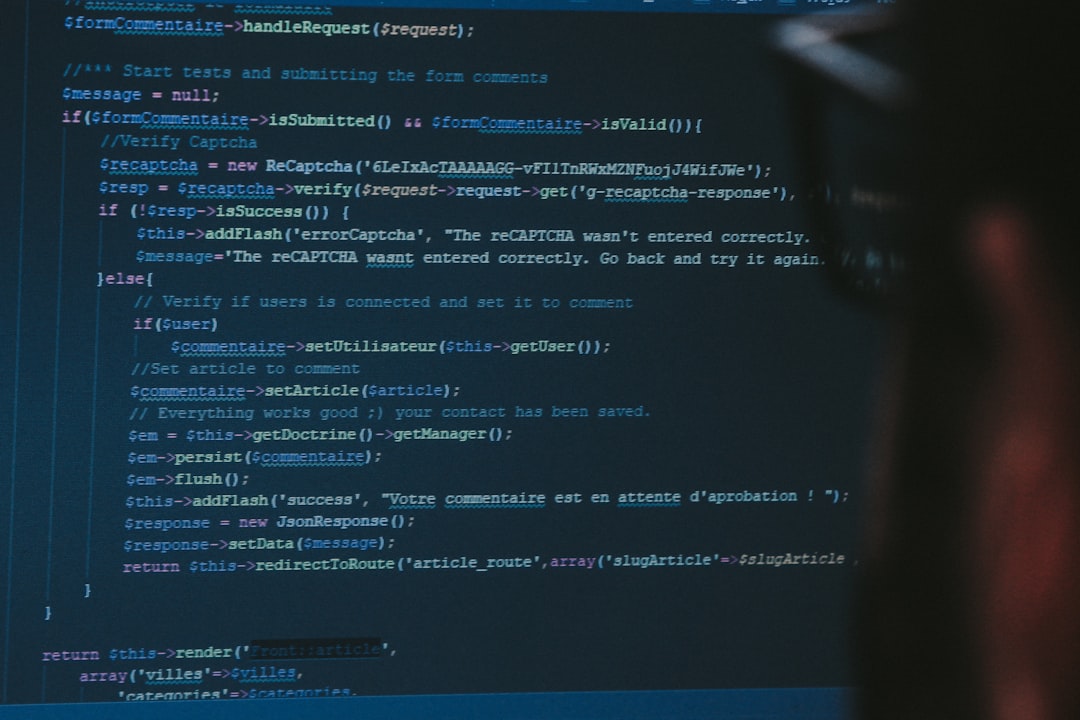NextGenBeing Founder

Listen to Article
Loading...Introduction to Cross-Chain Interoperability
As a senior developer, you've likely encountered the challenge of interacting with multiple blockchain networks. Cross-chain interoperability enables the seamless exchange of assets and data between different blockchain ecosystems. In this article, we'll delve into the Cosmos SDK and Polkadot, two prominent frameworks that facilitate cross-chain interactions. Specifically, we'll explore the Inter-Blockchain Communication (IBC) protocol and the Cross-Chain Messaging (XCM) protocol.
The Problem of Cross-Chain Interoperability
When working with multiple blockchain networks, you'll inevitably face the issue of interoperability. Each network has its unique characteristics, such as different consensus algorithms, smart contract languages, and asset types. This diversity creates a significant barrier to interaction between chains. To overcome this challenge, we need protocols that can facilitate communication and asset transfer between networks.
Cosmos SDK and IBC Protocol
The Cosmos SDK is a popular framework for building custom blockchain networks. It provides a modular architecture, allowing developers to create tailored networks with specific features and consensus algorithms. The IBC protocol is a key component of the Cosmos ecosystem, enabling the transfer of assets between different Cosmos-based networks. IBC uses a hub-and-spoke model, where a central hub connects multiple zones (independent blockchain networks).
How IBC Works
The IBC protocol operates on the following principles:
- Connection establishment: Two zones establish a connection through the hub, allowing them to exchange data and assets.
- Packet relay: The hub relays packets of data between connected zones, ensuring secure and efficient communication.
Unlock Premium Content
You've read 30% of this article
What's in the full article
- Complete step-by-step implementation guide
- Working code examples you can copy-paste
- Advanced techniques and pro tips
- Common mistakes to avoid
- Real-world examples and metrics
Don't have an account? Start your free trial
Join 10,000+ developers who love our premium content
Never Miss an Article
Get our best content delivered to your inbox weekly. No spam, unsubscribe anytime.
Comments (0)
Please log in to leave a comment.
Log InRelated Articles

Implementing Zero Trust Architecture with OAuth 2.1 and OpenID Connect 1.1: A Practical Guide
Oct 25, 2025

Building a RegTech Compliance Automation Platform with Hyperledger Fabric 2.4, Corda 5.0, and Camunda 8.2: A Comparative Analysis of Blockchain-Based Solutions
Nov 10, 2025

10x Faster Deployment: Mastering Pulumi 1.5 with Kubernetes 1.30 and Docker 24.0
Oct 20, 2025
🔥 Trending Now
Trending Now
The most viewed posts this week
📚 More Like This
Related Articles
Explore related content in the same category and topics

Diffusion Models vs Generative Adversarial Networks: A Comparative Analysis

Implementing Zero Trust Architecture with OAuth 2.1 and OpenID Connect 1.1: A Practical Guide

Implementing Authentication, Authorization, and Validation in Laravel 9 APIs


